1. Spix’s Macaw: Brazil
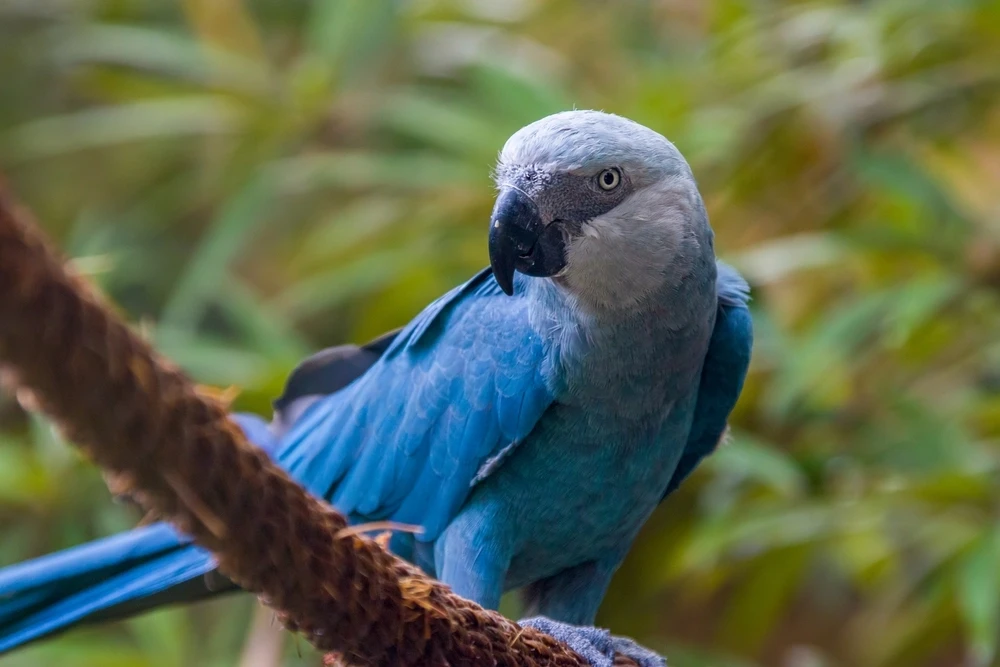
Animalia
Once thought to be extinct in the wild, Spix’s Macaw, also known as the Blue Macaw, has made a remarkable comeback thanks to successful breeding and conservation efforts. Native to Brazil’s Brazilian gallery forests, this striking bird is known for its vibrant blue feathers and is now critically endangered. Habitat destruction, particularly from deforestation, and illegal trapping were the primary drivers of its near extinction. Despite the ongoing recovery efforts, Spix’s Macaw remains at risk due to the fragility of its habitat and the continued threat of poaching. Protecting their remaining environment is essential for securing the species’ future in the wild.
2. Saiga Antelope: Central Asia

Animalia
The Saiga antelope, easily recognized by its distinctive bulbous nose, is native to the vast steppes of Central Asia. While its population has drastically decreased, this unique species is still found in isolated pockets of Kazakhstan, Mongolia, and Russia. Saiga antelopes face serious threats from poaching for their valuable horns and the loss of grazing land due to agricultural expansion and climate change. With fewer than 100,000 individuals remaining, their future is increasingly uncertain. To secure their survival, urgent conservation measures are needed to combat poaching and protect their remaining habitats.
3. Tarsier: Philippines
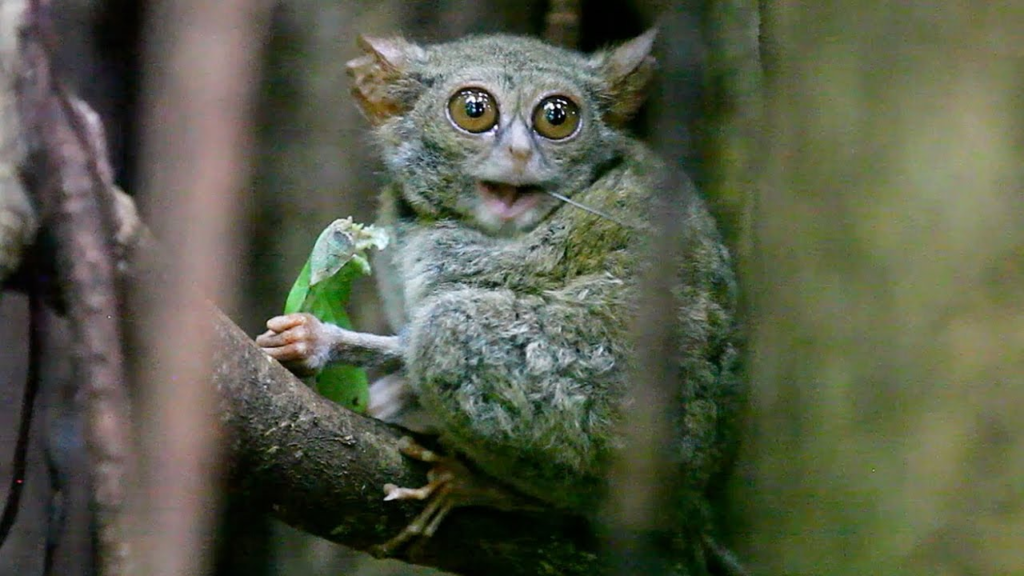
YouTube
The Philippine Tarsier, a tiny primate found only in the Philippines, is famous for having some of the largest eyes relative to the body size of any mammal. These nocturnal creatures, which rely on their sharp vision to hunt insects at night, are facing significant threats due to habitat loss, deforestation, and the encroachment of agriculture into their forested homes. As one of the smallest primates, they are incredibly elusive and difficult to spot in the wild, which makes their conservation even more challenging. With numbers dwindling, urgent action is needed to protect their remaining habitats and ensure their survival.
4. Yangtze Giant Softshell Turtle: China
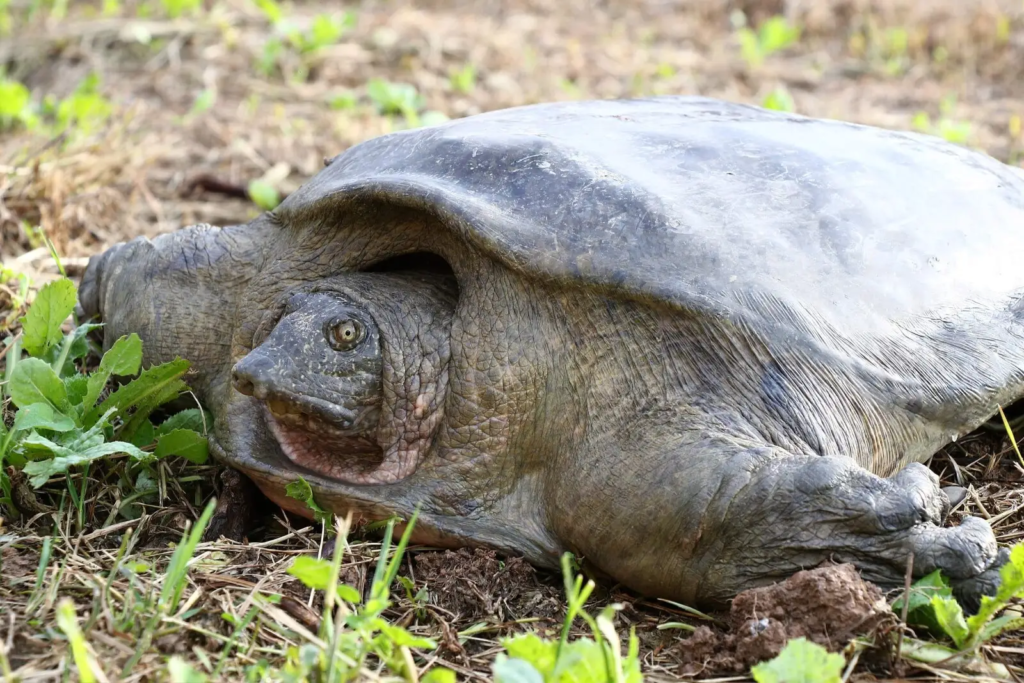
Animalia
The Yangtze giant softshell turtle, one of the world’s rarest reptiles, is found only in the Yangtze River in China. With fewer than five individuals remaining in the wild, this ancient turtle faces severe threats from habitat destruction, water pollution, and illegal hunting. The species’ extremely low numbers make it one of the most critically endangered creatures on Earth. As the river’s ecosystem continues to degrade, the turtle’s survival becomes even more uncertain. Immediate and intensive conservation efforts are essential to prevent this incredible species from disappearing forever, making it one of the world’s most urgent wildlife preservation priorities.
5. Pygmy Three-Toed Sloth: Panama
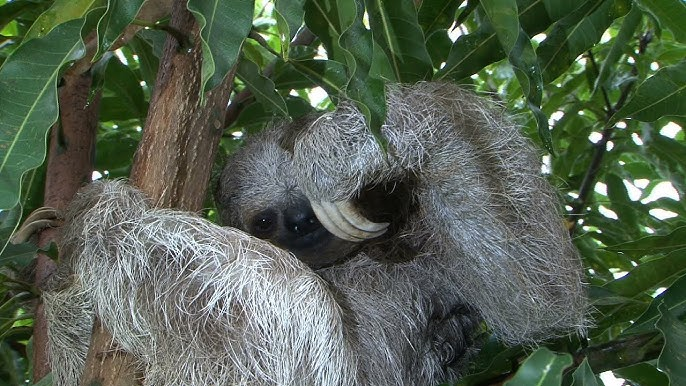
YouTube
The Pygmy Three-Toed Sloth is found exclusively on the tiny Isla Escudo de Veraguas, a remote island off the coast of Panama. With fewer than 100 individuals left, this adorable sloth is facing extreme threats from deforestation and habitat destruction caused by human activities, such as logging and tourism. The island’s limited size and isolation make their survival even more vulnerable. As one of the rarest sloth species, urgent conservation efforts are crucial to protecting their delicate habitat and preventing further decline. Without intervention, this unique species could soon be lost forever, making their preservation a top priority.
6. Vaquita: California
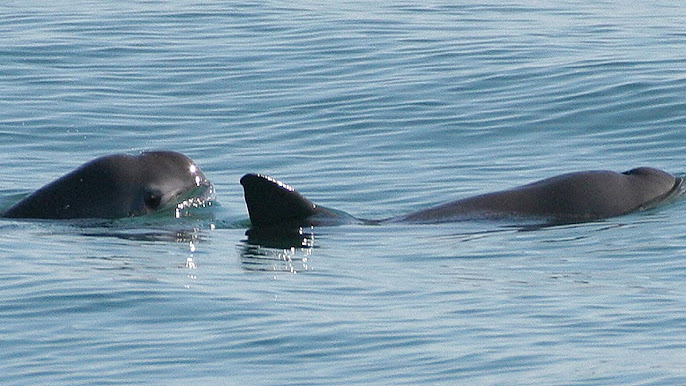
YouTube
The Vaquita, a small porpoise found only in the northern part of the Gulf of California, is the most endangered marine mammal on the planet. With fewer than 10 individuals remaining, this species is at risk of extinction due to illegal gillnet fishing, which traps and drowns them. The Vaquita is extremely elusive and lives in a limited range, making conservation efforts particularly challenging. If the use of gillnets continues and urgent protective measures aren’t put in place, this unique marine mammal could vanish from our oceans in just a few short years.
7. Giant Iriomote Cat: Japan
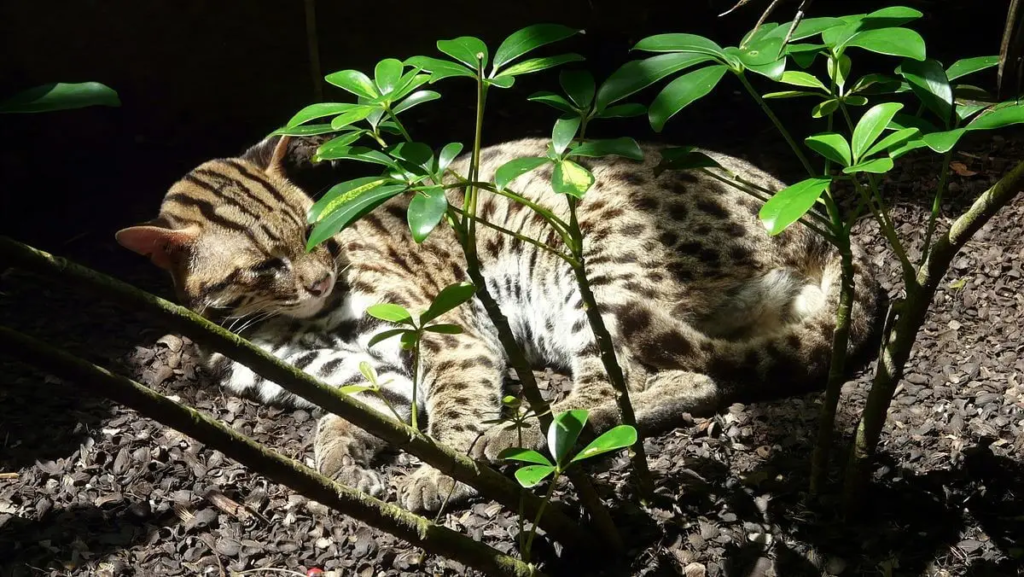
Animalia
The Giant Iriomote cat is a wild feline found exclusively on Japan’s Iriomote Island. With fewer than 100 individuals remaining, this small but fierce predator is critically endangered due to habitat destruction, particularly from deforestation, and the introduction of non-native species such as wild boars and feral cats. These threats have drastically reduced their already limited territory. As one of the world’s rarest wild cats, the Iriomote cat faces a race against time. Conservationists are working tirelessly to protect the remaining forests on the island, but without further efforts, this unique species could be lost forever.
8. Numbat: Australia

Wikimedia Commons
The Numbat, a small and unique marsupial native to Australia, is easily recognizable by its distinctive striped fur. Known for its diet of termites, the Numbat plays an important ecological role in controlling insect populations. Unfortunately, this shy creature is found only in a few protected areas in Western Australia, with fewer than 1,000 individuals remaining in the wild. Habitat loss due to land clearing and the introduction of predators like foxes and cats have led to a dramatic decline in their numbers. Without continued conservation efforts, this rare species could be pushed to the brink of extinction.
9. Crescent Nailtail Wallaby: Australia
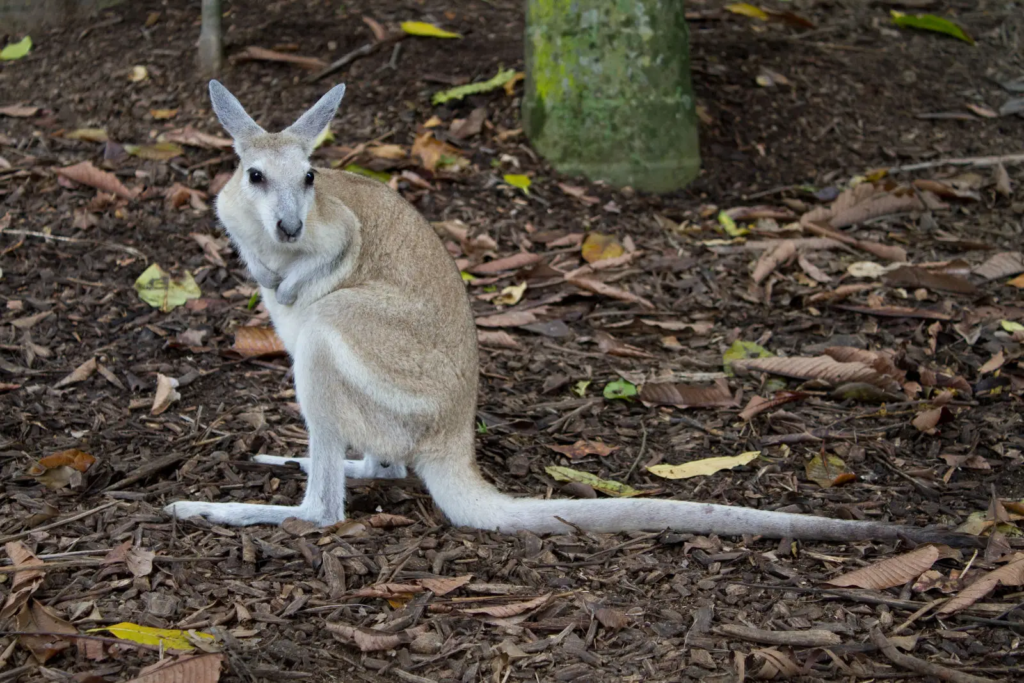
Animalia
The Crescent Nailtail Wallaby, a small marsupial found only in Australia’s northern Queensland, is known for the crescent-shaped patch of fur on its tail, which gives it its distinctive name. This elusive wallaby is critically endangered, with fewer than 250 individuals left in the wild. Habitat loss from agriculture and urban expansion, along with predation by feral animals such as cats and foxes, have pushed this species to the brink of extinction. Conservation efforts are crucial to protect the remaining population and their habitats, ensuring that this unique wallaby doesn’t disappear from Australia’s landscape.
10. Venezuelan Poodle Moth: Venezuela
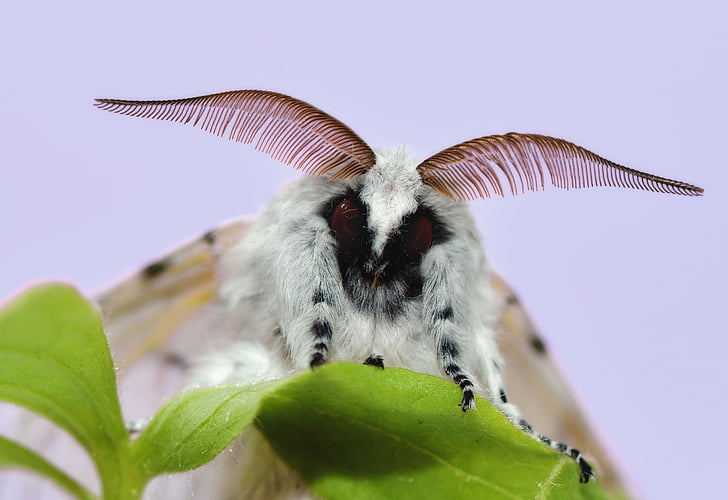
PickPik
Discovered only in 2009, the Venezuelan Poodle Moth is a newly identified species found in the remote Venezuelan mountains. This bizarre creature is known for its unique, fluffy, poodle-like appearance, which has captivated scientists and nature enthusiasts alike. Despite its striking look, much about the moth remains a mystery. Unfortunately, threats to its habitat, including deforestation and climate change, put its survival at risk. As this species is limited to a small, isolated region, protecting its environment is crucial to ensuring that the Venezuelan Poodle Moth doesn’t become a forgotten relic of nature’s wonders.
11. Fish Eagle: Madagascar
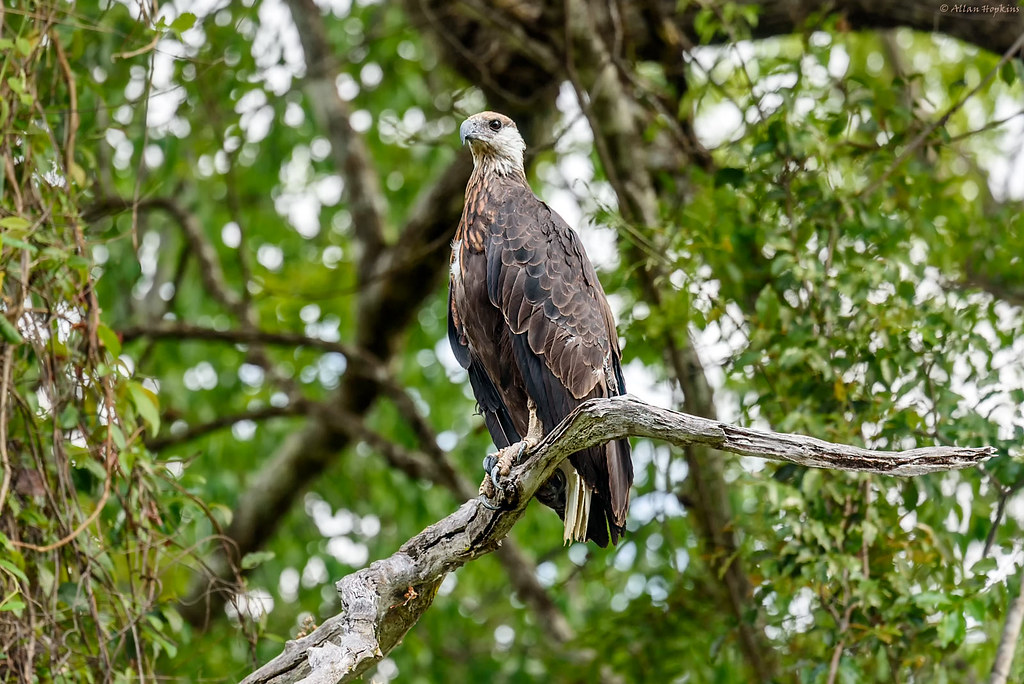
Flickr
Native only to the lakes and rivers of Madagascar, the Madagascar Fish Eagle is one of the world’s rarest birds of prey. With fewer than 100 individuals remaining, this majestic eagle is critically endangered due to habitat destruction, particularly from human activities like fishing and agriculture, as well as disturbances around their nesting sites. The eagle relies on healthy freshwater ecosystems for hunting, making the protection of these habitats crucial for their survival. Without concerted conservation efforts to safeguard their environment, this stunning bird could disappear, further diminishing Madagascar’s already fragile biodiversity.
12. Kākahi Mussel: New Zealand
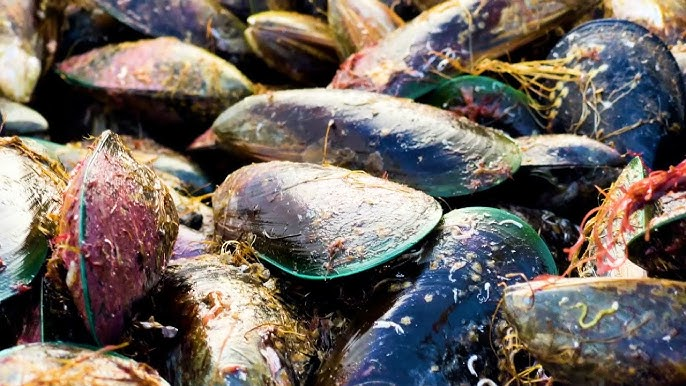
YouTube
The Kākahi, or New Zealand freshwater mussel, is found exclusively in the rivers and lakes of New Zealand. While it may appear humble, it plays a vital role in the ecosystem by filtering water and providing food for various local species. Unfortunately, the Kākahi is critically endangered due to habitat degradation, pollution, and the introduction of invasive species such as fish and plants, which threaten its survival. As a keystone species in New Zealand’s freshwater ecosystems, its conservation is essential to maintaining the health of the nation’s rivers and lakes.


